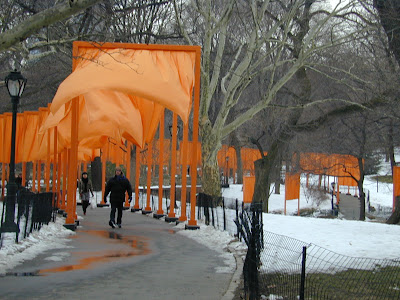Hello!
This blog was originally set up as a supplemental resource for the students I was teaching at the college level. Having been back in the thick of things as a full-time designer for the past couple years, I decided that I'd like to have a place to talk about design and save all the cool stuff I find online (and beyond!) into one place. This blog is that place, and I hope you enjoy poking around as much as I have enjoyed putting everything together.
I've left much of the educational element as is – I have found them valuable in various ways and hope others will, too.
I have been working in print design for many years and now find myself more and more interested in web design in its various forms. I am also a painter.
I love how design and art and life all intersect, and the content of the blog reflects this.
Thanks for reading!
Amy G.





